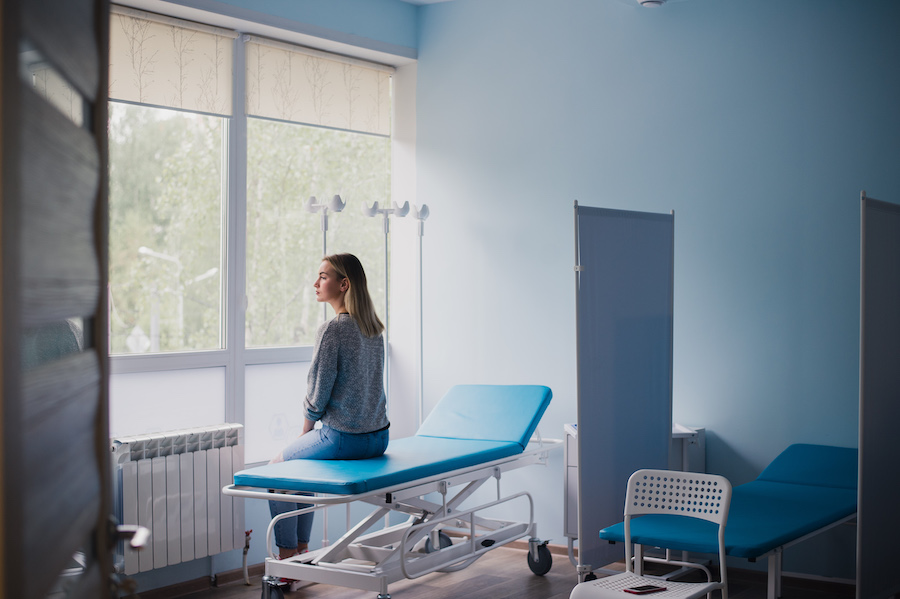The Cost of Rural Hospitals Closures
As much as we’d all like to put the COVID-19 pandemic behind us, the world is still feeling the aftershocks of the havoc it wreaked and will for many years to come. Communities in rural America were hurting long before COVID, with 150 rural hospitals closing between 2005 – 2019. This tragedy was amplified by the pandemic. As patients sought care during the pandemic, they soon learned how limited their hospital options were, and the available hospitals were overrun with sick patients.
Financial Loss
Rural hospitals have been experiencing persistent financial loss and low financial reserves for years now, and COVID has only exasperated the issue. Although some steps have been taken by the government to help soften the blow, including financial assistance during COVID, which is soon to expire, now more than ever, we need solutions across the board. Out of 600 rural hospitals, 200 are in danger of closing in the next two to three years, according to the CHQPR survey, while 30% of those 600 facilities are at risk of closing in the future.
Some wonder what this means for our rural communities, but we should ask what this means for our Nation. When we really dive into the issues, we discover a vicious cycle. Operating at a loss is one thing, but that loss causes ripple effects for the rural community. Doctors and clinical staff are feeling burned out. With many “jumping ship” during the pandemic, hospitals are short-staffed and struggling financially, leaving doctors carrying a load of even more patients for what might be inadequate compensation. Unfortunately, it seems like there is little to no help on the way, as new doctors don’t want to work and live in rural America because of this.
Eventually, these hospitals can’t stay afloat any longer and must close their doors. Even in urban and suburban communities, hospitals are at risk of closure. These aren’t considered so bad, assuming that if one hospital closes, it is easy enough to go to another. But think about how many patients will now knock on the next door. This may mean more dollar signs to some, but this doesn’t mean more efficient patient care. To accommodate everyone, the facility will have to speed up care, which is when mistakes occur. Sadly, this proves to increase patient mortality.
Hospital Locations
In rural America, a hospital closure can be far direr. The average travel time to the nearest hospital is about 17 minutes compared to 12 minutes in the suburbs and 10 minutes in urban areas. Some in the farthest percentile average a 34-minute drive, with others over an hour. These 5 -10 minutes can make a huge difference in the outlook of a patient’s health. If the nearest hospital closes, it leaves many almost stranded, with the next closest hospital double or triple the distance. Another significant problem with hospital closures is that in rural America, hospitals are often the largest employers in the area, leaving many without jobs if their doors were to close.
Vicious Cycle
To close the loop on this vicious cycle, we must recognize the severity of this issue on our Country as a whole. Urban and suburban America relies on rural America for food, energy, and recreation. If this area of our Country’s health is declining, so will their ability to produce these essentials for the rest of the Nation. Some might think that rural hospital closings will not affect them, but here we see that we are all connected and that the opportunity to survive and thrive must be given to ALL American hospitals. Various lifelines are being extended by legislators that could save some of the rural healthcare, but there is no one size fits all approach.

